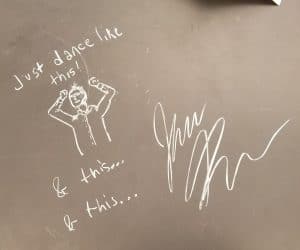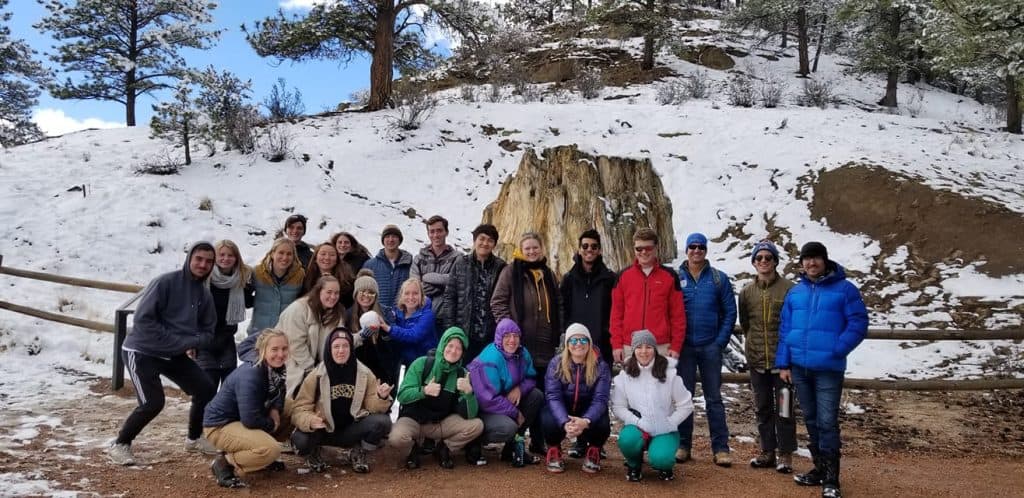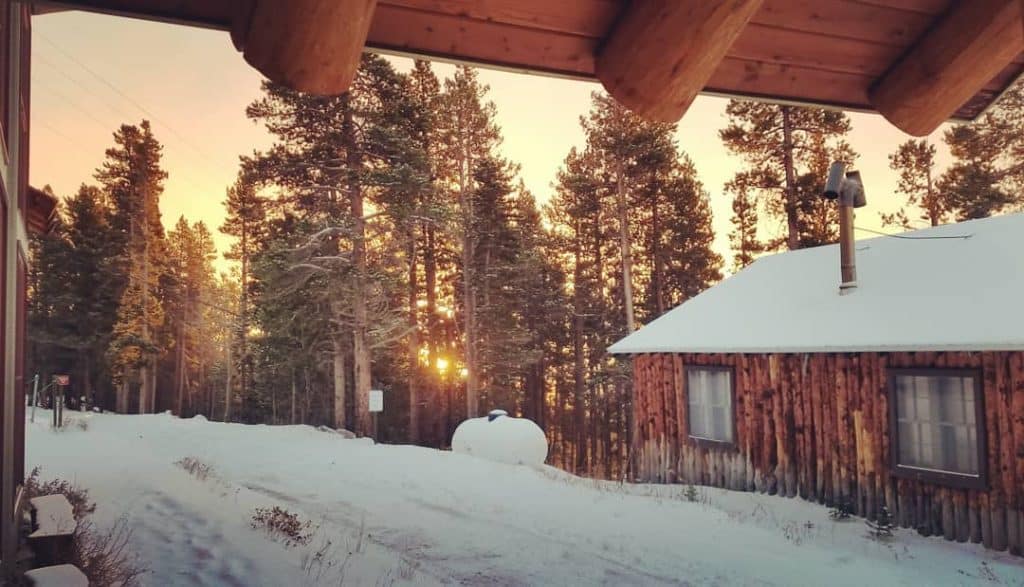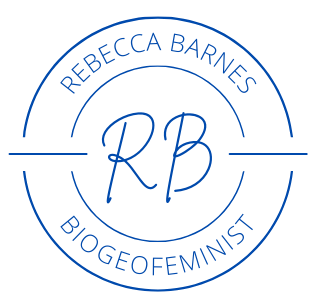I love teaching this class – it is really the only time that I get to interact with students outside of our major and I often wonder, would I have a greater impact if I ONLY taught climate change?
This block I was lucky enough to teach with Alan Townsend – CC’s Provost, as well as an ecosystem ecologist/biogeochemist (& as it turns out teacher) extraordinaire. Alan and I wanted to bring the urgency of the problem into the class. Around the world and in our backyard we can see the impacts of climate change – yet far too often we talk about it as if it is far away – in time and in space. We think of polar bears and melting ice, not heat waves, hurricanes, and fires. Plus, those who are the least responsible for our warming atmosphere are often bearing the greatest burden. Thus, we challenged the class to think about the justice of climate change. The students rose to our challenge and then some – they were truly a great group and we had a very fun (albeit a bit exhausting) block!
 We of course taught them about the greenhouse effect, radiation balance, and Stefan-Boltzmann. We also did molecule dances inspired by Scott Denning’s amazing video explaining how greenhouse gases work. The students read Doors lyrics when thinking about global circulation patterns (horse latitudes) and thought a lot about what side of the Big Island of Hawai’i they should vacation on, depending on their desire for sun.
We of course taught them about the greenhouse effect, radiation balance, and Stefan-Boltzmann. We also did molecule dances inspired by Scott Denning’s amazing video explaining how greenhouse gases work. The students read Doors lyrics when thinking about global circulation patterns (horse latitudes) and thought a lot about what side of the Big Island of Hawai’i they should vacation on, depending on their desire for sun.
We thought about how our earth’s climate has changed over thousands and millions of years. How it has been hotter in the past, but how what we are witnessing today is unprecedented. The students learn that during the Paleo-Eocene Thermal Maximum (56 million years ago, when average temperatures in Denver were ~18C higher than they are today and tropical ecosystems thrived near 70N) it is estimated carbon dioxide was added to the atmosphere at one-tenth the rate it is being added today! While we can’t go back in time to the PETM, we can go back 34 million years. Our class braved the Halloween snow and visited Florissant Fossil Beds National Monument to check out the petrified sequoias and other bits of amazing fossil evidence from a warmer and wetter time.

In week 3 our students encountered even more snow as we traveled northwest to the Mountain Research Station near Ward, CO. As part of our desire for our students to think about how science is created, as well as the scientists who do that work, we met with scientists at the Niwot Ridge LTER and got tour of the C-1 Met instrumentation, SNOTEL site, and AmeriFlux tower to learn about how we are measuring the changing climate, as well as the ecosystems’ response, in the present. The students were great and really stepped up, as on day one included elements of the field trip adventure package where students pushed vehicles through snow and crowded in tiny rooms to escape the ongoing fire alarm as Alan and I tried to disconnect the entire system. Never a dull moment on the block.
changing climate, as well as the ecosystems’ response, in the present. The students were great and really stepped up, as on day one included elements of the field trip adventure package where students pushed vehicles through snow and crowded in tiny rooms to escape the ongoing fire alarm as Alan and I tried to disconnect the entire system. Never a dull moment on the block.
Jane Zelikova joined us at the Mountain Research Station to share her science communication prowess (including a personalized screening of her documentary: The End of Snow). She challenged our students came up with six word stories to describe the topics they were working on for the Testimony Project.
The Testimony Project had students work in groups on broad topics related to climate (forests, ocean, environmental justice, extreme events, water, food & agriculture) and then write congresssional style testimony on a specific topic (e.g. hog farm waste storage in light of increased hurricane risk) from a specific vantage point (i.e. they had to assume a character). Students delivered their testimony in groups (4 min each) and received questions from a congressional panel (i.e. their peers). It was a great addition to the class and I am thankful to Alan for the suggestion.
Students researched and wrote Wikipedia biographies of women in STEM as related to issues of climate and global change. This is the 2nd class that I have done the Wikipedia Project in, and it is simply so, so great. The vast majority of students talk to their scientist via email or Skype and are truly changed by this experience. It makes them think about science and scientists in a different way – whether it is because they make three-tiered pie cakes or were also a little bit afraid of chemistry in college – the project humanizes science. On our last day of class the students presented their scientists – sometimes with more creativity than we could have hoped for. I am forever grateful to Jess Wade & Maryam Zaringhalam for inspiring me and helping get the project off the ground via the magic of Twitter.
Dominique Bachelet, Jill Baron, Claudia Benitez-Nelson, Cecilia Bitz, Kate Brauman, Amy Clement, Sarah Diamond, Lisa Dilling, Nancy Grimm, Anne Grunow, Jeanne Hardebeck, Sarah Henderson, Nancy Huntly, Jill Johnstone, Erika Marin-Spiotta, Sue Natali, Whendee Silver, Abby Swann, Pam Templer, Jessica Tierney, Anne Thompson, Nancy Tuchman, Wendy Yang, Erika Zavaleta, Jane Zelikova now have biographies on Wikipedia! All biographies can of course be improved and linked to other pages – so I encourage all who are interested – but might not have time to create entire biographies – to add information to Wikipedia that helps promote scientists from underrepresented groups (besides, that is one of the beautiful things about Wikipedia that we can all help write the history of tomorrow).
Block life is always like a bit like Survivor – hoping that no one has to get voted off the island but realizing that for that to happen, everyone really needs to work together. Thankful to a great group of students, Alan, and Nick (our awesome paraprofessional) for an awesome block.

sunrise on election day at the Mountain Research Station

Comments are closed